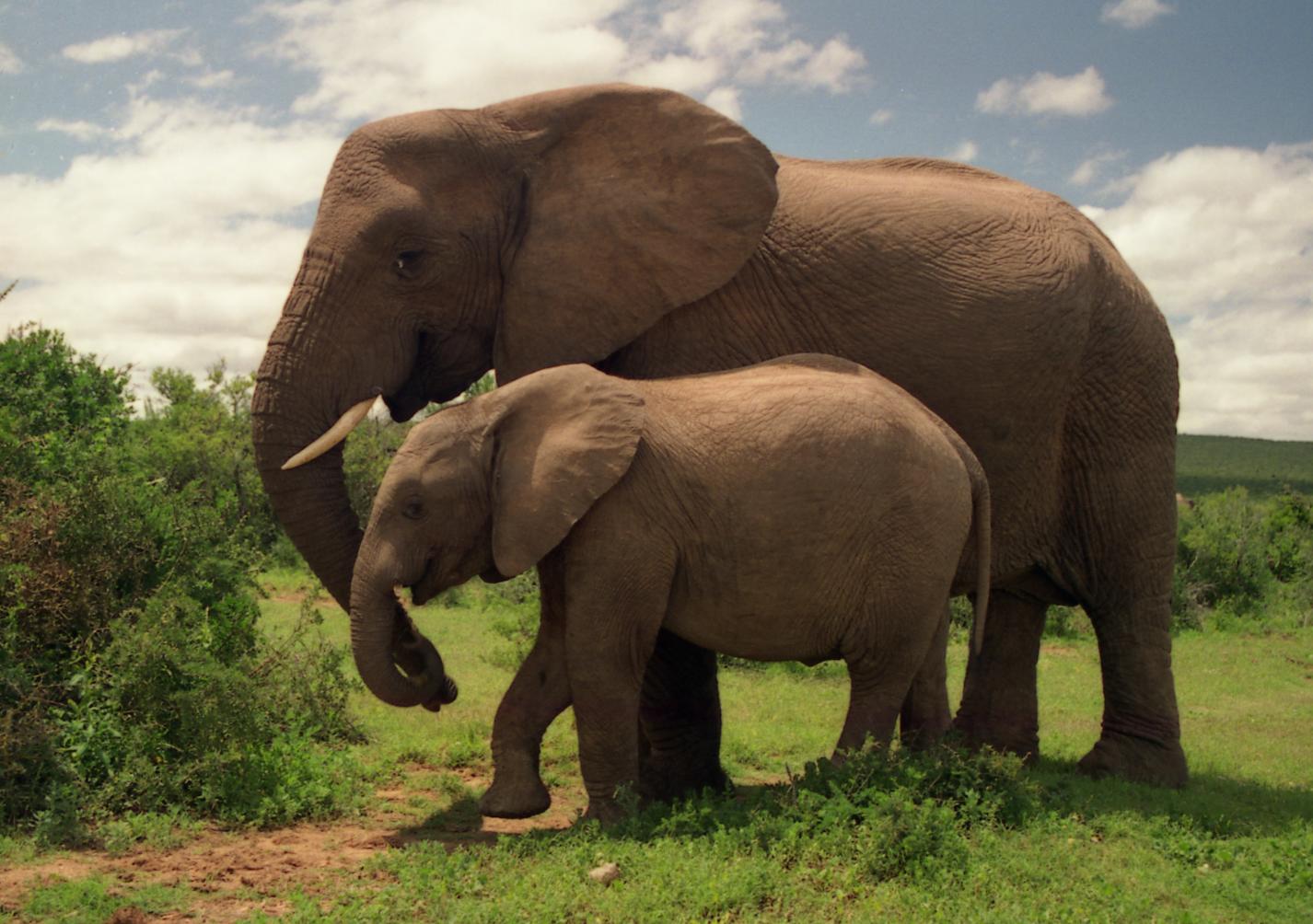Six facts about elephant families
The large mammals have intricate social networks

Your support helps us to tell the story
From reproductive rights to climate change to Big Tech, The Independent is on the ground when the story is developing. Whether it's investigating the financials of Elon Musk's pro-Trump PAC or producing our latest documentary, 'The A Word', which shines a light on the American women fighting for reproductive rights, we know how important it is to parse out the facts from the messaging.
At such a critical moment in US history, we need reporters on the ground. Your donation allows us to keep sending journalists to speak to both sides of the story.
The Independent is trusted by Americans across the entire political spectrum. And unlike many other quality news outlets, we choose not to lock Americans out of our reporting and analysis with paywalls. We believe quality journalism should be available to everyone, paid for by those who can afford it.
Your support makes all the difference.Elephants display complex social and emotional behaviour, and are said to value their families more than most animals.
1. Females are the boss
Elephant families have a matriarchal head, meaning that an older, experienced lady elephant leads the herd. A family usually consist of a mother, her sisters, daughters their babies (calves). Occasionally, non-related elephants join to form families. Female family units range from three to twenty five elephants.
Sometimes herds of female elephants combine with groups of bull elephants to form larger clans. Herd aggregations of 500 to 1000 elephants have been recorded around watering holes and other sources of food and water. Herd aggregation has also been documented in areas where poaching is rampant.
2. They babysit
Female elephants (cows) help each look after each other’s calves. Babysitting other female’s calves is important for elephant development; young females learn how to look after the young, and the calves are shown how it’s done. The survival rate of a calf greatly increases when more females are present and willing take care of it.
3. They bond
Elephants are known to develop strong, intimate bonds between friends and family members. There have been reports of elephants forming lifelong friendships with each other, and they even mourn the death of their loved ones. Mother elephants have been seen grieving over stillborn calves, and some elephants have even been spotted returning to, and lingering near, spots where their friends and family members died.
4. They walk in a single file
Disney wasn’t lying in The Jungle Book – elephants actually do actually walk in single file when they on the move, for instance while in search of food and water. The calves will sometimes hold on to their mother’s tails with their trunks to keep up, while other female elephants surround them to protect them from danger.
5. Guys hang out in groups, too
Adult male elephants live a predominantly nomadic and solitary life. When a male elephant (bull) reaches puberty, around 12 to 15 years of age, he will gradually become more independent of his family until he breaks away completely, to either roam alone or find a loosely-knit group of male elephants to join.
Herds of bulls have a hierarchal structure, with the strongest and most experienced elephants leading and protecting the group. When a bull is ready to mate he will pursue an elephant family until he selects a female and she accepts his advances. Once he has mated with a cow, he’ll either return to his herd or resume his solitary existence, leaving the cow to rear the calf by herself.
6. Herds can separate
Although they tend to be close, an elephant family can split. This decision is influenced by ecological factors, such as the availability of food and water in the area, and social factors, such as how well the elephants get on, the size of the group or the death of a matriarch. As such, different herds living over vast terrain can be interrelated. These ‘bond groups’ keep in touch with each other through rumbling calls and usually stay within a mile of each other.
Join our commenting forum
Join thought-provoking conversations, follow other Independent readers and see their replies
Comments